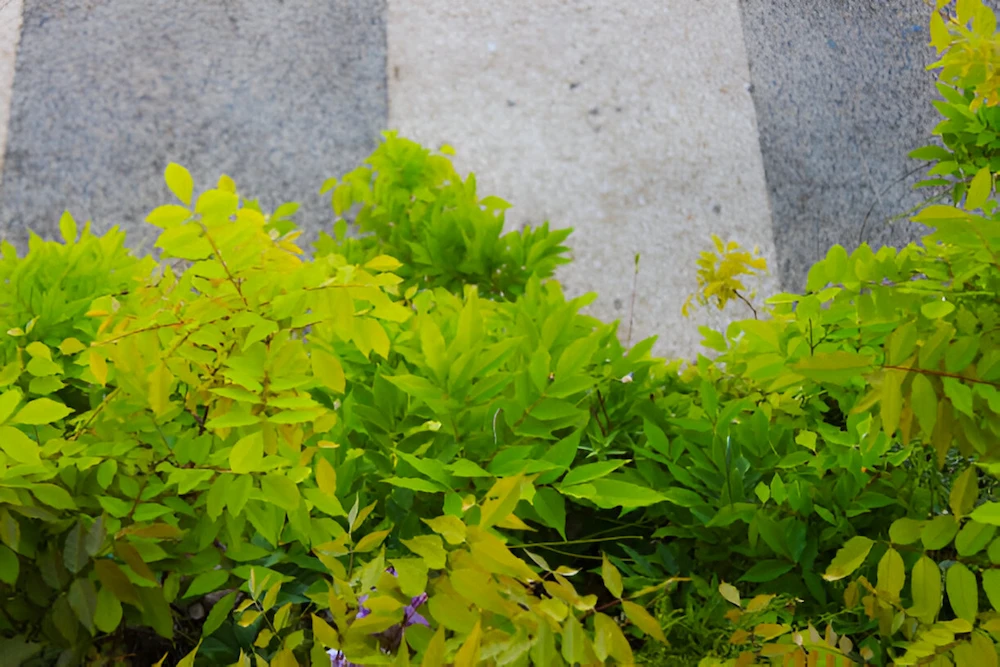
Pet owners often struggle to maintain a beautiful garden due to the damaging effects of pet urine on plants. Pet urine can cause yellowing, wilting, and even death in some plants. However, there is a solution. By choosing pet urine resistant plants, you can have a thriving garden without worrying about the destructive effects of pet urine. These plants are hardy, resilient, and capable of withstanding the high nitrogen content found in pet urine. This guide will explore the best pet urine resistant plants, their benefits, drawbacks, and how to care for them to keep your garden lush and vibrant.
Understanding Pet Urine and Its Impact on Plants
Pet urine contains high levels of nitrogen, salts, and other compounds that can harm plants. When pets urinate on plants, the nitrogen can cause a burning effect, leading to yellow or brown patches on leaves and grass. The salts can also disrupt the soil’s pH balance, making it difficult for plants to absorb essential nutrients. Therefore, it’s vital to choose pet urine resistant plants that can tolerate these conditions. Top Beach Resort in USA by Syotravel
Key Points:
- Pet urine contains high nitrogen and salts.
- It can cause yellowing, browning, and plant death.
- Selecting the right plants can mitigate damage.
Top Pet Urine Resistant Plants
Here are some of the best plants that you can incorporate into your garden:
Ryegrass
Ryegrass is a hardy grass variety that can withstand high nitrogen levels and recover quickly from pet urine damage. It is commonly used in lawns and is known for its fast growth and lush appearance.
Clover
Clover is an excellent ground cover that is both hardy and attractive. It can tolerate pet urine well and even helps improve soil health by fixing nitrogen.
Fescue
Fescue is another grass variety that is resistant to pet urine. It is drought-tolerant, requires less water, and can maintain its green color even in challenging conditions.
Marigolds
Marigolds are not only beautiful but also robust. These flowers can handle pet urine and add a splash of colour to your garden. They are also known for their pest-repellent properties.
Lavender
Lavender is a fragrant herb that is resistant to pet urine. It thrives in well-drained soil and adds a lovely scent to your garden. Plus, it’s low-maintenance and drought-tolerant.
Rosemary
Rosemary is a hardy herb that can tolerate pet urine. It is evergreen, providing year-round beauty and fragrance. Additionally, rosemary is helpful in the kitchen.
Pros and Cons of Pet Urine Resistant Plants
Pros
- Durability: These plants are more resilient and can withstand the high nitrogen content in pet urine.
- Low Maintenance: Many pet urine resistant plants are low-maintenance and expensive, making them ideal for busy pet owners.
- Aesthetic Appeal: These plants offer a wide variety of colors, textures, and scents, enhancing the beauty of your garden.
- Environmental Benefits: Some of these plants, like clover, can improve soil health by fixing nitrogen.
Cons
- Limited Choices: The selection of pets urine resistant plants is not as vast as other plant varieties.
- Initial Cost: Some of these plants might be more expensive initially compared to regular plants.
- Growth Conditions: Certain pet urine resistant plants might have specific soil and sunlight requirements that need to be met for optimal growth.
How to Care for Pet Urine Resistant Plants
Soil Preparation
You will make sure your soil is well-drained and rich in organic matter. Adding compost can help improve soil health and provide essential nutrients for your plants.
Watering
Water your plants regularly, but avoid overwatering. Most pet urine resistant plants are drought-tolerant and can suffer from root rot if overwatered.
Mulching
Mulching helps retain soil moisture, suppress weeds, and maintain a stable soil temperature. Organic mulches like bark or straw are ideal for pets urine resistant plants.
Pruning and Maintenance
Continuously pruning helps maintain the shape and health of your plants. Remove all dead or damaged parts to encourage new growth and prevent disease.
Fertilization
Use a balanced, slow-release fertilizer to provide your plants with the nutrients they need. Avoid high-nitrogen fertilizers, as these can exacerbate the effects of pet urine.
Conclusion
Maintaining a beautiful garden while owning pets can be challenging, but it is possible with the right plant choices. By selecting pet urine resistant plants, you can create a lush, vibrant garden that can withstand the effects of pet urine. These plants are durable, low-maintenance, and add aesthetic value to your outdoor space. With proper care and maintenance, the garden will thrive, providing a beautiful and safe environment for both you and your pets.
FAQ’s
Can I use regular plants if I water them frequently?
Frequent watering might help dilute the effects of pet urine, but it won't completely prevent damage. It's better to choose pet urine resistant plants that are specifically suited to withstand these conditions.
Are there any pet urine resistant plants for indoor gardens?
Yes, some indoor plants like spider plants, pothos, and peace lilies are known to be more resistant to pet urine and can thrive indoors.
How can I protect my non-resistant plants from pet urine?
You can create barriers using decorative fencing or use natural repellents to keep pets away from sensitive plants. Additionally, training your pets to urinate in designated areas can help.
Do pet urine resistant plants require particular soil?
While they don't require particular soil, well-drained, nutrient-rich soil will help these plants thrive. Adding compost and organic matter can improve soil health and support plant growth.